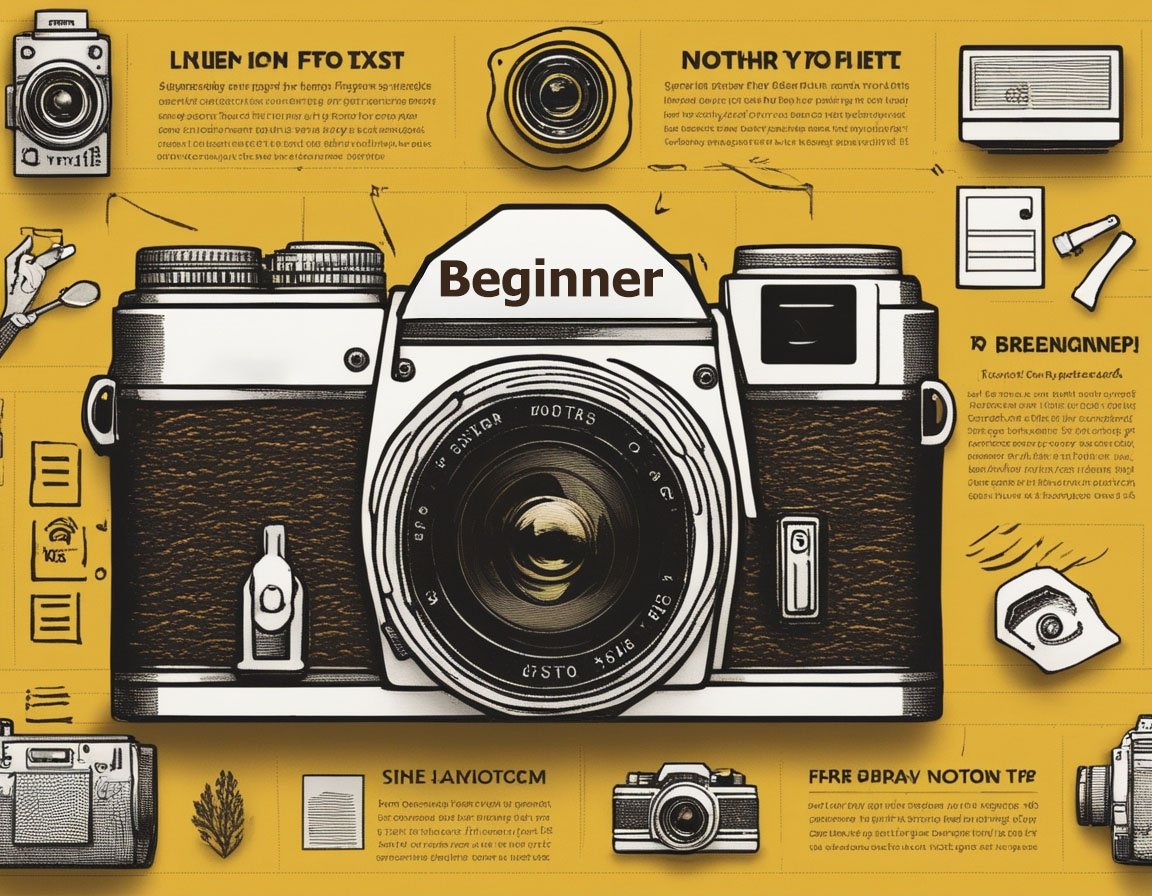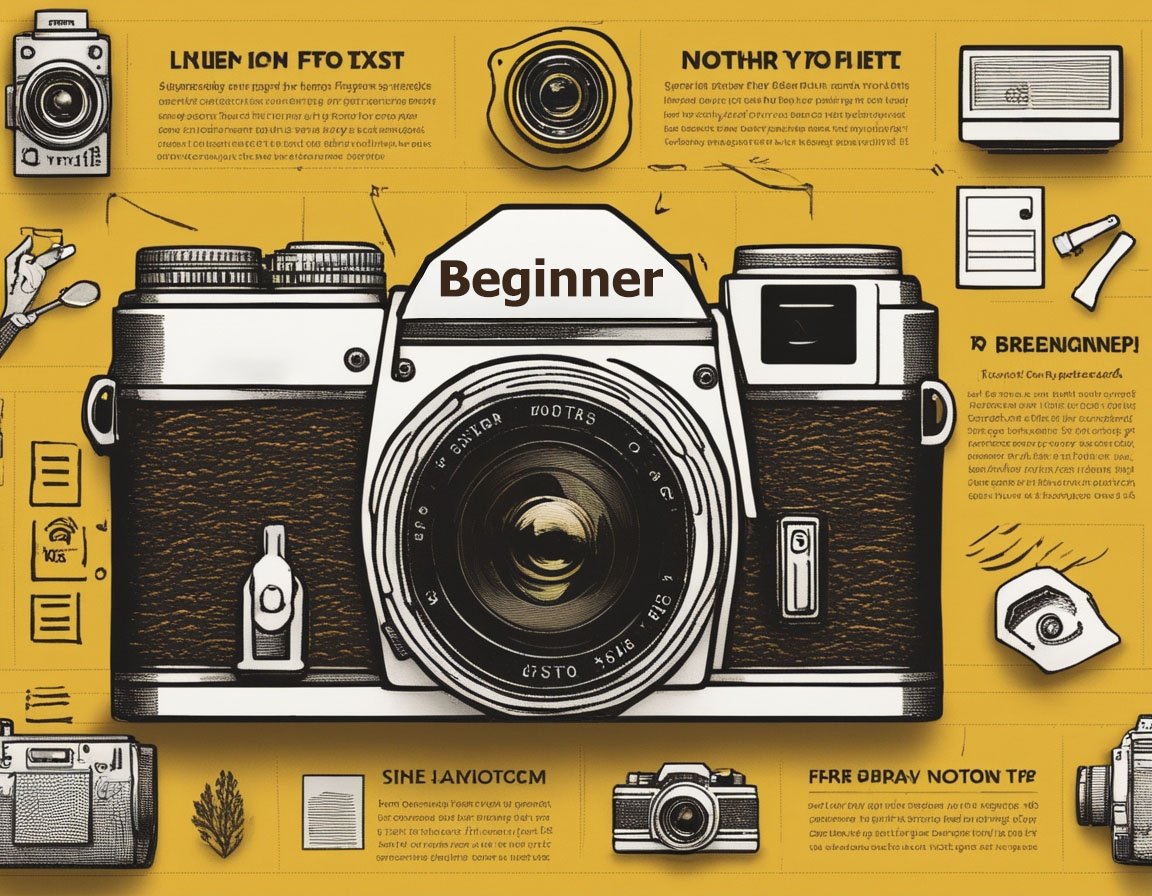Understanding Your Camera’s Lens Compatibility
Before diving into lens specifications, it’s crucial to understand your camera’s mounting system. Each camera brand often has its proprietary lens mount. For instance, Canon uses EF and RF mounts for DSLRs and mirrorless cameras, respectively, while Nikon uses F-mount for DSLRs and Z-mount for their mirrorless line. Ensure any prospective lens is compatible with your camera body. Camera manufacturers usually offer a range of lenses for each mount type, providing options suitable for various photography styles.
Types of Camera Lenses
Camera lenses are often categorized by their focal lengths, which directly affect perspective and composition. Prime lenses, with fixed focal lengths, are ideal for photographers seeking superior image quality and fast apertures. Zoom lenses, on the other hand, offer a range of focal lengths, allowing flexibility and creativity. Lenses can be further divided into sub-categories:
- Wide-Angle Lenses (10-35mm): Perfect for landscape photography, these lenses capture broader scenes and provide a greater depth of field.
- Standard Lenses (35-70mm): Mimicking the human eye’s perspective, these lenses are versatile, suitable for street and portrait photography.
- Telephoto Lenses (70-200mm+): Ideal for capturing distant subjects, they’re often used in wildlife and sports photography.
- Macro Lenses: Designed for extreme close-ups, these lenses are best for detailed shots of small subjects like insects and flowers.
Aperture Considerations
Aperture plays a pivotal role in lens selection. Measured in f-stops, it dictates the amount of light entering the camera and affects depth of field. Lenses with wider maximum apertures (e.g., f/1.4, f/2.8) are termed “fast” and excel in low-light conditions. The ability to achieve a shallow depth of field makes them ideal for portraiture, delivering beautifully blurred backgrounds. Assess the aperture’s range and its importance based on your typical shooting conditions.
Image Stabilization
Image stabilization (IS) is a valuable feature that compensates for camera shake, crucial for handheld shooting, especially in low light. Lens-based stabilization can be advantageous, particularly for telephoto lenses where even minor movements can result in blurry images. Certain camera bodies have built-in stabilization, which can be used in conjunction with lens stabilization technologies for enhanced results.
Consider Lens Build and Quality
When evaluating lenses, consider their build quality and the materials used. Professional-grade lenses often boast superior glass elements, weather-sealed designs, and robust construction, enhancing longevity and performance. Features such as aspherical elements and extra-low dispersion glass minimize lens aberrations, delivering sharper images. Additionally, coatings like fluorine and nano-coatings reduce glare and ghosting, further enhancing image clarity.
Autofocus Features
Autofocus (AF) speed and accuracy are paramount, particularly for wildlife, sports, and event photography. Lenses with advanced AF systems like Canon’s USM (Ultrasonic Motor) or Nikon’s SWM (Silent Wave Motor) offer faster and quieter focusing. For video work, lenses equipped with smooth and silent AF capabilities prevent any operational noise from being recorded. Evaluate the autofocus capabilities in light of your primary shooting focus.
Budget Considerations
Quality lenses are often a significant investment, sometimes costing as much as—if not more than—the camera body itself. However, they are critical in achieving desired photographic results. Setting a budget helps narrow options, and while pricey lenses typically offer enhanced performance and durability, budget options still provide excellent value. Brands like Tamron and Sigma offer cost-effective lenses compatible with multiple camera mounts, often rivaling native lenses in quality.
Lens Accessories
To extend your lens’s capabilities, consider various accessories. UV and polarizing filters protect the lens glass while enhancing images and controlling reflections. Lens hoods reduce lens flare, improving contrast and saturation. Additionally, investing in quality lens caps and a sturdy lens case ensures protection during transit.
Reviews and Testing
Before purchasing a lens, read reviews and tests from reputable sources or photography enthusiasts. Online platforms and forums are excellent resources for feedback on user experiences. Consider renting lenses before making a decision, allowing hands-on testing and evaluation of operational fit and image quality.
Future-Proofing Your Purchase
With constant technological advancements, investing in lenses that align with future camera upgrades is wise. Lenses with cutting-edge features like advanced coatings and updated stabilization systems ensure long-term relevance. Ensure the lens is adaptable, maintaining functionality with new equipment, which helps maximize your investment.
Choosing the right lenses for your camera involves balancing various factors. Carefully evaluate your needs, preferences, and budget to enrich your photographic journey, yielding images of outstanding quality and creative expression.



